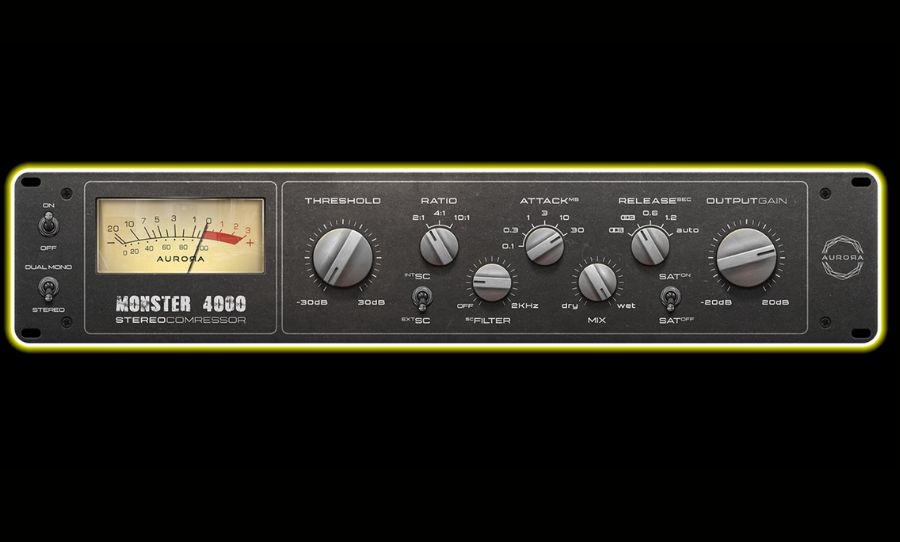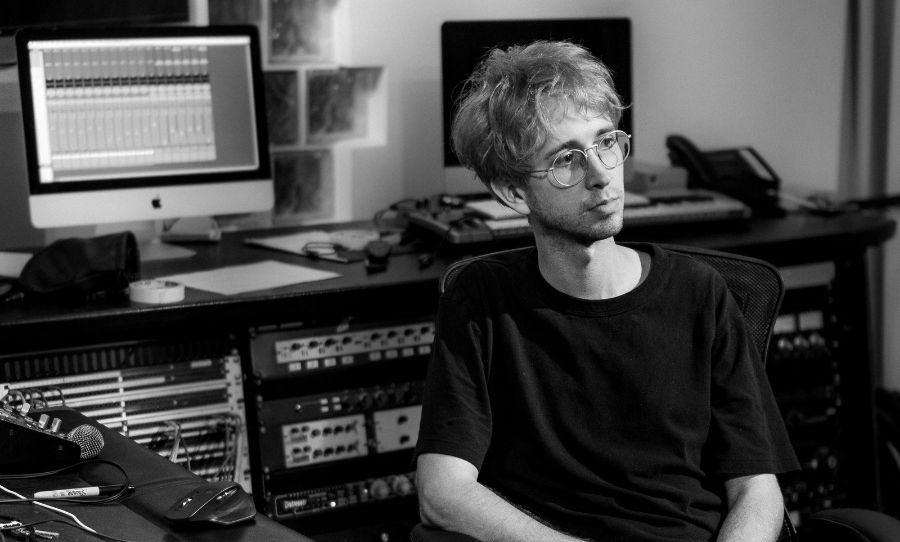There’s an unmistakable allure to the studio gear of the past. Some pieces were commercially successful and therefore exist higher in numbers. The Fairchild compressor is a paradoxical blend: it’s exceedingly rare but it also enjoys a widespread reputation for excellence in the audio community.
So what’s the secret to the Fairchild’s success? How did this piece of hardware earn such a strong reputation, yet had such a short production lifespan? Let’s dig into the history of this hefty piece of steel, circuitry and valves that set the standard for compression for decades to come.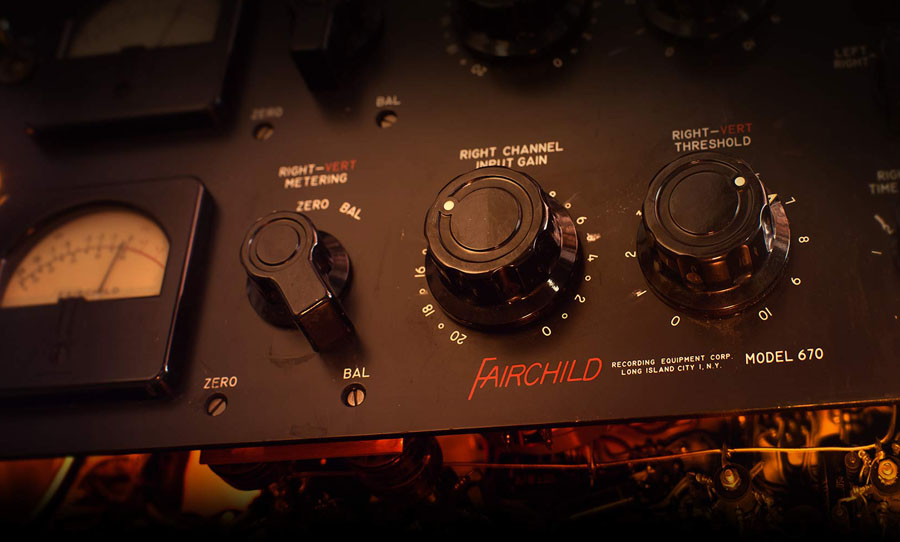
The studio equivalent of the Yeti, the Fairchild compressor is an exceptionally rare piece of gear. So let’s find out more about the unit that set the standard for compression.
The Dream Team of Fairchild and Narma
Fairchild Recording Equipment Corporation was founded in 1931 by Sherman Fairchild. The New Yorker was the child of George Winthrop Fairchild, a politician and none other than the founder and first chairman of IBM. The younger Fairchild played a hand in establishing dozens of companies with interests in aviation, camera equipment and was pivotal in the development of Silicon Valley.
The rich polymath not only knew talent when he saw it, he also had the resources to acquire it. This was the case when Fairchild came into contact with Estonian-born engineer Rein Narma. When Narma’s own company folded in the early ’50s, he took with him a brilliant design for a compressor, which he agreed to licence to Fairchild.
And though their association would only last a few years in the late ’50s, it was enough to spawn the Fairchild 660 single-channel and 670 dual-channel compressors – two units that would set the bar very high for this critical sonic process.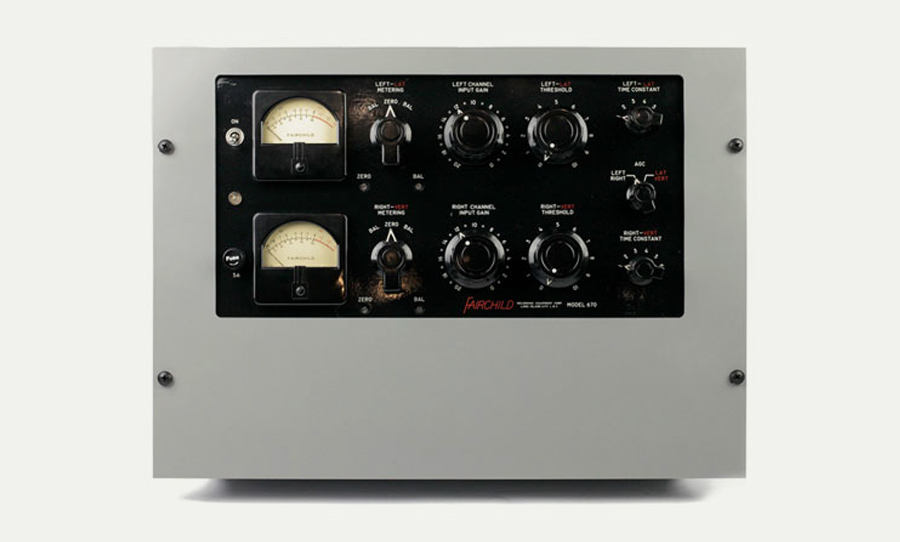
The Search for Pristine Tone
The ultra-clean signal paths that we send signal through today as a matter of course were harder to find in the 1950s. In fact, a lot of energy is devoted to finding tasteful ways of making sound ragged and unpredictable in the quest for ‘character’. The goal in Narma’s time was the exact opposite.
This was an era when signal paths had character by default – pristine sound was rare. Like the Teletronix LA-2A, the 660 was developed with practical goals in mind: to create clear sound with high fidelity and limit unpredictable volume bursts, which could harm mastering equipment or badly affect radio transmission.
The early spurt of sales of the Fairchild was due to its reliability in the broadcasting context. In the 60s though, the production of pop music became an art in its own right and the industry became hungry for new sounds. This set the scene for the Fairchild to show exactly what it was made of.
A Hunk of Steel
Like the Pultec EQP-1A – one of its equally lauded contemporaries – both versions of the Fairchild were monstrous – but especially the dual-channel 670. It contained an astonishing 20 tubes, 11 transformers and weighs in at over 30kg. Not exactly friendly for the road.
The compression ratio of these units are dependent on the input gain, commonly known as Vari-Mu limiting. For the era, the attack times were extremely fast, making it ideal for broadcasting purposes but also for creatively shaping the transients of different elements of rock and pop songs. It also became an industry-leader in master bus compression, due to its ability to smoothly squash without gratuitous pumping.
The Fairchild compressor cemented its reputation as a piece of world-class studio hardware in Abbey Road. The Beatles were rewriting the rules of modern recording throughout the ’60s and the Fairchild was at the core of engineer Geoff Emerick’s arsenal. He often used the mono 660 model to compress the whole of Ringo’s drum kit, enhancing the unmistakable punch, clarity and groove.
A machine of this complexity and sophistication in design comes at a pretty penny. Adding to the mystique is its rarity. It’s estimated that only 500 to 1000 of each model were built. They’ve passed hands over the decades, but many engineers and studios would have been loathe to give them up once they heard what they were capable of producing.
It’s endangered species status, combined with its size and build quality adds up to machine that can fetch prices in the tens of thousands of dollars.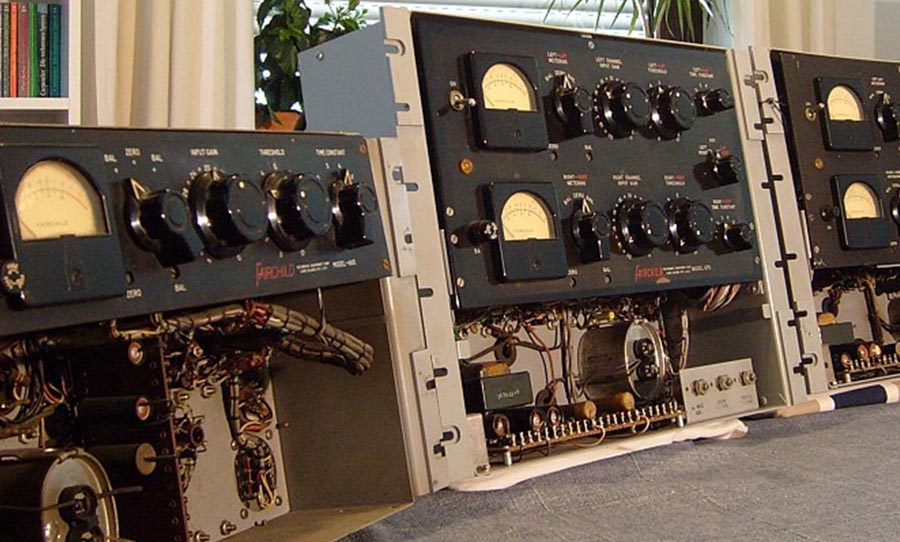
Thank God for Plugins
Though the Fairchild isn’t likely to be found under any budding producer’s Christmas tree anytime soon, there are always plugin versions.
Waves, Universal Audio and IK Multimedia among others produce reputable emulations of the Fairchild compressor. Special mention though must given to Acustica’s take on the classic, the A-70. The MO of this company is to use sample-based processing of the original hardware, much like convolution reverb. Pricier and more CPU intensive than standard emulations, but you can get closer to the real thing.
Is it important to get close to real thing though? The original Fairchild compressors operated in a different time for a different purpose. This compressor earned entry into the market through its superior sound and build quality, but the mythical status of the Fairchild came through generations of engineers, coaxing the best out this hardware with their imaginations. That’s something money can’t buy.
